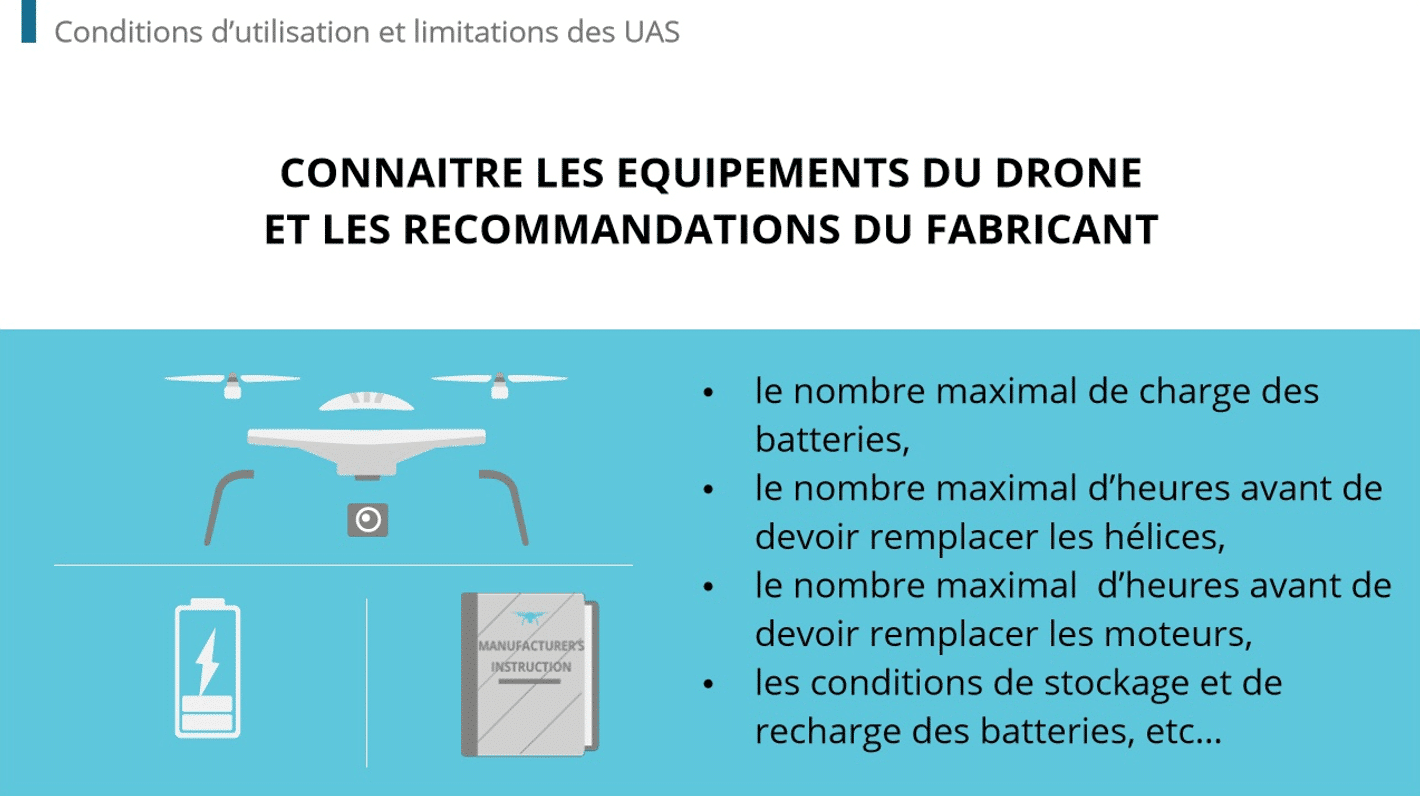An effective corporate e-learning policy aligns the learners’ interests with benefits for the organization.
Streamlining the effort you invest in e-learning means aligning the learning objectives with the company’s strategic objectives. This process is beneficial for employees and the company. Not only does it build the learners’ confidence and skills, but also improves the company’s results.
7 steps to define e-learning priorities in your company
1. Involve top management
For starters, get interested in the documents, reporting and internal recommendations exchanged by your top management. Given they are usually aware of the company’s strategic objectives, managers can help you create learning programs geared towards the company’s objectives. Afterwards, to solicit their participation ask them targeted questions via a dedicated communication channel (this may be email).
2. Have a long-term strategy
First of all this should analyze the company’s problems before trying to find solutions via e-learning. The e-learning strategy will obviously evolve with the business’ changing priorities.
3. Draw attention to the end-results
Those who supply and manage the learning should keep in mind the strategy and organizational priorities when designing training modules. Meanwhile they also need to understand the learners’ expectations, and should ensure skills acquired during training are actually practiced in the field.
4. Working hand-in-hand with HR
It’s not the first time we discuss it, but HR and training managers do not work in isolation. Instead, they are the link between all the company’s stakeholders with whom they transversely engage. They are able to strategically plan performance management, training of new recruits, etc.
5. Demonstrate the value of the investment
To calculate the return on investment on their LMS, training managers can show management how the learning objectives are aligned with the strategic objectives.
6. Encourage learners
Learners don’t always understand why they have to integrate some subjects rather than others. It’s wise therefore to explain the importance of their involvement in an e-learning program, namely, that the personal contribution of each employee supports the company’s wider performance.
7. Include executives
HR and training managers must seek the support of the company’s executives. If these managers show a significant commitment to learning programs, this will be recognized by other learners.
Dokeos analyzes your business’ training needs and helps you by setting up your LMS. Contact our experts.








































